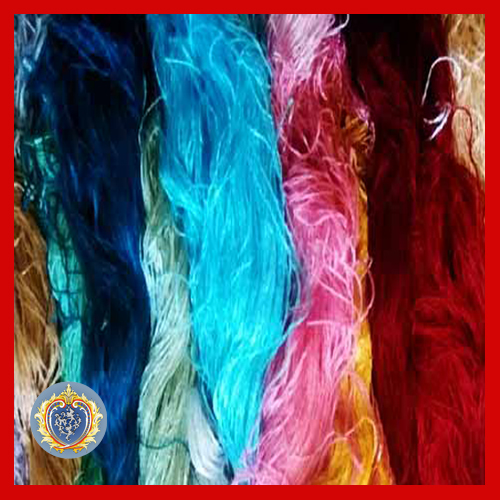The most experienced carpet manufacturer in Qom province
Dyeing workshops in this city used to provide all the colors they needed from local dyeing plants and sometimes used other natural materials such as nile and red seed and ronas that were not performed in the region. In recent years, however, in addition to the use of natural raw materials and dyes, chromium-acid reactive chemical dyes and other high quality and resistant dyes have also been used scientifically.
Natural dyeing raw materials that have long been used traditionally in Qom city include:
Pomegranate peel: This material, which is abundantly found in Qom province, is used dry and powdered to prepare dark yellow, cream and chickpea.
Walnut skin: Gives camel and brown color and produces black color while mixing with black alum.
Hair leaves: Yellow derivatives are derived from this material.
Straw: It is used to prepare yellow and cream colors.
Sumac: If mixed with copper sulfate, it gives a dark brownish purple color.
Nile: This material, which was previously cultivated as a plant but today is produced as an industrial nile, is obtained in navy blue color and derivatives.
Oak bark: Used to prepare brown and camel colors.
Ronas: A plant is a car that has a colored substance at its root and is used to obtain red brick to dark red colors.
Spruce: This plant, which has a yellow colored substance, is obtained in combination with nile, green color.
Red Seed: This material, also known as lacquer, is obtained from a specific insect body and is used to make lacquered paint.
The above natural dyes (which are used together with certain metal salts that are so-called dents) create stable colors that become gentler and more pleasant over time.





بدون دیدگاه